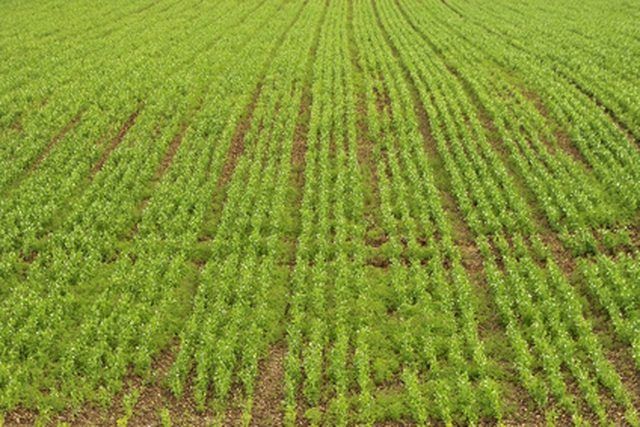Bulbs
Flower Basics
Flower Beds & Specialty Gardens
Flower Garden
Garden Furniture
Garden Gnomes
Garden Seeds
Garden Sheds
Garden Statues
Garden Tools & Supplies
Gardening Basics
Green & Organic
Groundcovers & Vines
Growing Annuals
Growing Basil
Growing Beans
Growing Berries
Growing Blueberries
Growing Cactus
Growing Corn
Growing Cotton
Growing Edibles
Growing Flowers
Growing Garlic
Growing Grapes
Growing Grass
Growing Herbs
Growing Jasmine
Growing Mint
Growing Mushrooms
Orchids
Growing Peanuts
Growing Perennials
Growing Plants
Growing Rosemary
Growing Roses
Growing Strawberries
Growing Sunflowers
Growing Thyme
Growing Tomatoes
Growing Tulips
Growing Vegetables
Herb Basics
Herb Garden
Indoor Growing
Landscaping Basics
Landscaping Patios
Landscaping Plants
Landscaping Shrubs
Landscaping Trees
Landscaping Walks & Pathways
Lawn Basics
Lawn Maintenance
Lawn Mowers
Lawn Ornaments
Lawn Planting
Lawn Tools
Outdoor Growing
Overall Landscape Planning
Pests, Weeds & Problems
Plant Basics
Rock Garden
Rose Garden
Shrubs
Soil
Specialty Gardens
Trees
Vegetable Garden
Yard Maintenance
What Is the Meaning of Subsistence Farming?
What Is the Meaning of Subsistence Farming?. Subsistence farming, also called subsistence agriculture, is a form of farming in which the family works to produce only enough goods to support the family unit, without excess intended for sale and trade. Subsistence farmers grow a variety of crops and keep several types of animals in order to cover a...

Subsistence farming, also called subsistence agriculture, is a form of farming in which the family works to produce only enough goods to support the family unit, without excess intended for sale and trade. Subsistence farmers grow a variety of crops and keep several types of animals in order to cover a large range of dietary needs.
History
Subsistence farming began during the Neolithic period, when tribes began settling along rivers, mainly the Euphrates and Nile, and planted basic grains such as barley and wheat in order to support their family and allow for domesticity at a single site. Families in nonindustrial regions throughout history have used this style of farming to support the family unit. This lifestyle forced people to migrate when the land became depleted and would no longer support an ample crop. As capitalism expanded, subsistence farming moved toward extension. The practice had fallen out of common use in Europe by the time WWI began, and largely ended in America shortly thereafter. It is still commonly used in remote areas of Africa, Asia and South America where native people remain isolated and trade is less widespread.
Method
Those who choose to live by subsistence agriculture produce only enough produce to support their families. They plant crops according to the number of members in the household, carefully planning production and rationing food to ensure there is enough produce to feed the family for a full year, stretching from harvest to harvest. Subsistence farmers and their families work to be content with what the land provides, rather than going to the market to buy products that they want. The farming is low cost and low maintenance. It is fully organic, so if plants are fertilized, it is largely accomplished with manure.
Size
The size of the land plot required for subsistence farming depends on the number of family members who must be provided for, the type of crops being planted and the average annual yield of the land in question. It can take anywhere from a quarter of an acre to 10 acres to supply the needed nutrition for one person annually.
Products
Subsistence farmers produce what is necessary to support their family and, therefore, must plan for balanced nutrition. They plant basic grains, fruits and vegetables, and in some cases, plants such as cotton for cloth fibers. They also raise a variety of animals as a meat source. The specific plants and animals raised by a farmer is dependent on the land that is available to the family; they must grow crops and raise animals that are suited to their climate and soil type. A subsistence farmer can supplement what he raises by hunting and gathering those natural resources available to him locally.
Significance
Survivalists believe that the ability to return to a form of subsistence farming is an essential skill. In case of warfare, global natural disaster or epidemic, the family unit could survive on what they were able to produce should trade and marketing systems fail.